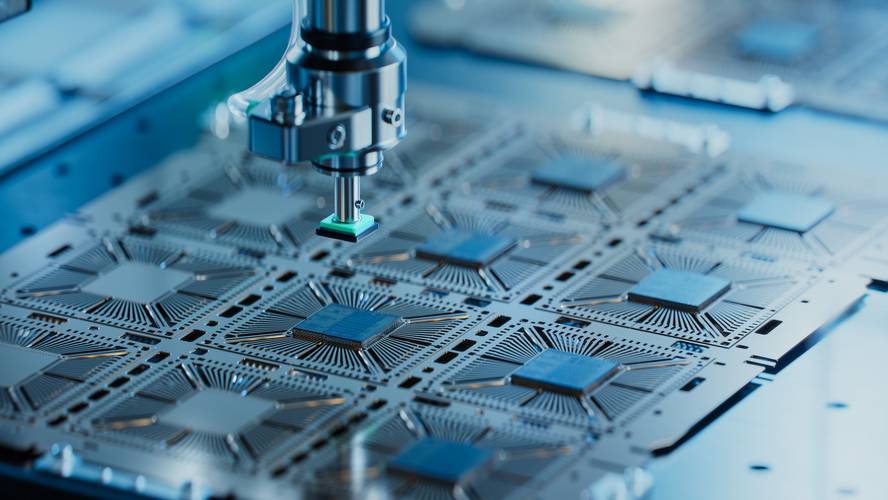AI systems can generate up to 5 million tonnes of electronic waste by 2030
By 2030, AI systems estimate that they will generate between 1.2 and 5 million tonnes of electronic waste. The advertisement, published in the journal Nature Computational Science, assures that most of the trash comes from hardware elements, such as processing or storage units and feeding systems.
The study has been led by researchers from the Peng Wang Academy of Sciences (China). Major language models (LLM) have been analysed and four scenarios have been identified, starting from their massive use and with the expectation that they will be used only for certain uses. Thus, it has been observed that, if no action is taken, electronic waste can reach 5 million tonnes; for example, waste from printed circuit boards can reach 1.5 million tonnes and that of sets 0.5 million tonnes. In addition, the latter contain hazardous metals such as lead or chromium.
As a solution, researchers propose a circular economy that allows reducing up to 86% of the calculated garbage. In any case, the results highlight the need for responsible use of the AA and for effective strategies for the management of electronic waste.






